- No products in the cart.
Loratadine 10mg tab teva-30 pcs
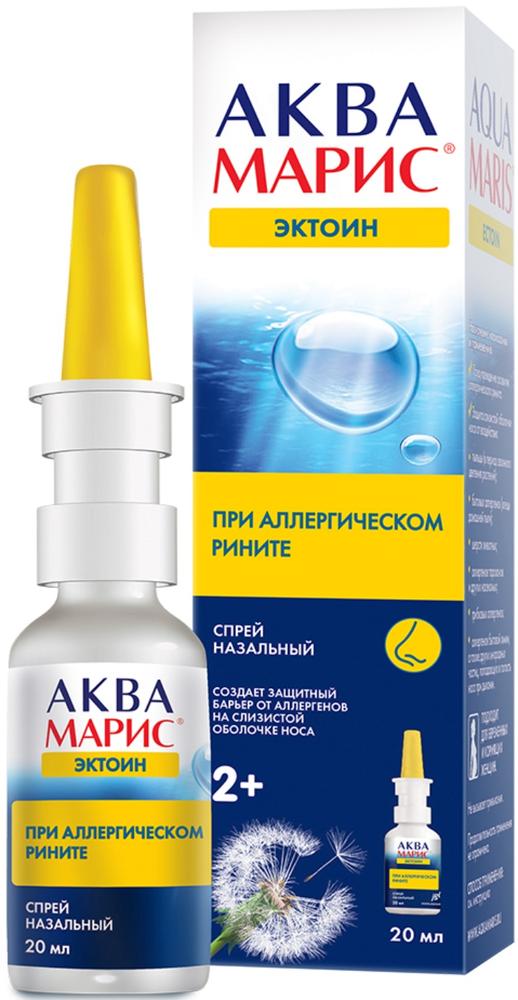
Aqua Maris ectoine nasal spray for the prevention and treatment of allergic rhinitis 20ml
$10.19

Suprastin tab 25mg 20 pc
$2.72
$7.22
Loratadine 10mg tab teva-30 pcs
Description
Composition
Active substance:
1 tablet contains: loratadine – 10.0 mg.
Excipients:
Lactose monohydrate 62.5 mg, 2.0 mg corn starch, pregelatinized starch 25.0 mg magnesium stearate 0.5 mg.
Description:
Tablets white oval. On one side – the risk of dividing and engraving «L» and “10” on both sides of the risks.
Product form:
Tablets 10 mg.
7 tablets in blister.
1 blister pack in the carton together with instructions for use.
10 tablets in blister.
1 or 3 in the blister pack carton along with instructions for use.
Contraindications
Hypersensitivity to loratadine and other ingredients; lactose intolerance, lactase deficiency, glucose-galactose malabsorption; pregnancy; breastfeeding; Children up to age 3 years.
Carefully
Severe chronic renal failure (creatinine clearance less than 30 mL / min); severe liver failure.
Dosage
10 mg
Indications
Symptomatic treatment of seasonal and perennial allergic rhinitis; chronic idiopathic urticaria.
Interaction with other drugs
Loratadine does not potentiate the effect of alcohol.
Loratadine during reception may slightly delay food intake (average of 1 hour) without changing the clinical effect.
Erythromycin and ketoconazole (inhibitors isoenzyme CYP3A4), cimetidine (an inhibitor of isozyme CYP3A4 and CYP2D6) increased Cmax of loratadine and its active metabolite in the blood.
Clinically significant changes in this case are not available.
Loratadine reduces Cmax erythromycin in plasma by 15%.
Overdose
Symptoms: headache, drowsiness, tachycardia. In children weighing less than 30 kg when administered in a dose of 10 mg were observed extrapyramidal disorder, palpitation.
Treatment: gastric lavage, administration of activated charcoal; symptomatic and supportive therapy. Babies used for washing a 0.9% solution of sodium chloride, in adults for the washing water can be used. Saline laxatives solutions and chelators pokazanydlya rapid clearance of loratadine from the gastrointestinal tract. Loratadine is not displayed by hemodialysis and peritoneal dialysis.
pharmachologic effect
Pharmacological group:
Antiallergic agent – H1-histamine receptor blocker.
Pharmacodynamics:
Selective blocker (antagonist) peripheral H1 histamine receptors. It has antiallergic, antiexudative and antipruritic effect by inhibiting mast cell degranulation blocking and secondary inflammatory mediators, such as prostaglandins and leukotrienes, as well as reducing the expression of cytokines and adhesion molecules. Loratadine does not penetrate the blood-brain barrier has weak affinity for alpha-andrenergicheskim and muscarinic receptors. Does not affect the central nervous system with practically no anticholinergic and sedative effects, non-addictive, has no compatibility with the food, do not potentiate the effect of alcohol. Loratadine is not associated with histamine H2-receptors, does not inhibit norepinephrine and seizure does not affect the function of the cardiovascular system (CVS), and heart rhythm.
Pharmacokinetics:
When ingestion of loratadine is well absorbed in the gastrointestinal tract (GIT). It is metabolized in the liver. The metabolism of loratadine characterized pronounced effect of “first pass through the liver.” Because metabolism formed pharmacologically active metabolite descarboethoxyloratadine having pharmacological effects characteristic of loratadine. In patients with normal liver function and kidney maximum concentration (Cmax) of loratadine blood achieved in 1.3 hours, and descarboethoxyloratadine – after 2.5 h half-life indicators (T1 / 2) of loratadine on average about 8 hours active metabolite. – on average 28 hours. The equilibrium concentration of loratadine and its active metabolite in plasma is achieved by day 5 application. Loratadine largely bound to plasma proteins (97-99%), dekarboetoksiloratadin binds to a lesser degree (73-76%). The volume of distribution of loratadine – 119 l / kg. The area under the curve “concentration-time” (AUC) of loratadine and descarboethoxyloratadine are dependent on the dose. Food intake has no significant effect on the pharmacokinetics (AUC loratadine can be increased by 40%, and its active metabolite – by 15%), but slows down time Cmax reach at 1 hour of loratadine and its active metabolite into breast milk and pose a concentration equivalent. plasma concentrations. The metabolism of loratadine is carried out by the liver via a cytochrome P450 isoenzyme system (mainly by CYP3A4 and to a lesser extent – CYP2D6). After 10 days about 80% of loratadine as metabolites derived almost equally kidneys (40%) and gut (42%). Older patients AUC and Cmax loratadine and descarboethoxyloratadine are increased by 50%, the T1 / 2 of loratadine and its active metabolite average about 18 hours. In patients with severe chronic renal failure (CRF) (creatinine clearance (CC) of less than 30 ml / min) AUC and Cmax loratadine and descarboethoxyloratadine are increased, and the mean T1 / 2 – not changed compared with the values of AUC, Cmax, and T1 / 2 in patients with normal renal function. Loratadine excretion in patients with impaired renal function were not significantly different from clearance in healthy patients. Hemodialysis does not alter the pharmacokinetics of loratadine or its active metabolite in patients with chronic renal failure. In patients with alcoholic liver AUC and Cmax of loratadine doubled, while the AUC and Cmax of descarboethoxyloratadine is different largely from the AUC and Cmax in patients with normal liver function. Mean T1 / 2 of loratadine and its metabolite 24 and 37, respectively, and increased in proportion to the severity of liver failure.
Pregnancy and breast-feeding
It is not enough clinical data on the use of loratadine in pregnant women. The use of loratadine during pregnancy is contraindicated. Loratadine is excreted in breast milk. If necessary, the use of loratadine during lactation should stop breastfeeding.
Conditions of supply of pharmacies
Without recipe.
side effects
The frequency of adverse reactions are classified according to the recommendations of the World Health Organization: very often – at least 10%; often – at least 1% and less than 10%; infrequently – at least 0.1% and less than 1%; rarely – not less than 0.01% and less than 0.1%; rarely -less 0.01%, including isolated cases.
From the nervous system: often – headache, nervousness; rarely – insomnia, somnolence; rarely – dizziness in children include headache, irritability, sedation.
From the digestive system: rarely – increased appetite; rarely – nausea, gastritis, dry mouth, abnormal liver function.
Allergic reactions: seldom – skin rash, anaphylaxis.
From the CCC: rarely – tachycardia, palpitations.
Skin and subcutaneous tissue disorders: rare – alopecia.
Other: rarely – a feeling of fatigue.
special instructions
Loratadine should be used with caution in patients with severe hepatic insufficiency, since in these patients the clearance of loratadine could be reduced.
The safety and efficacy of loratadine in children under 3 years is unknown, so the drug is contraindicated for use in this age group.
loratadine treatment should be interrupted for at least 48 hours prior to the dermal-allergy tests, since antihistamines can conceal or reduce positive skin reactions.
Loratadine may cause dry mouth in some patients, so people at risk should be performed oral hygiene, because of the risk of tooth decay.
Children under 12 years of age with a body weight less than 30 kg of loratadine should be applied in lower doses.
Effects on ability to drive vehicles and operate machinery
In the treatment of loratadine should be careful when driving vehicles and the management of complex mechanisms, taking into account that at the time of application may develop side effects such as drowsiness or dizziness, affecting the ability to concentrate attention and psychomotor reactions.
Storage conditions
At a temperature not exceeding 25 C. Keep out of reach of children !.
Dosing and Administration
Inside, before meals.
Adults and children over 12 years of age and weighing over 30 kg.
10 mg 1 time a day.
Children 3 to 12 years – body weight over 30 kg 10 1 mg once a day; – weighing less than 30 kg, 5 mg 1 time per day.
The duration of treatment depends on the duration of symptoms of disease symptoms.
If the patient’s condition does not improve within 3 days after initiation of treatment, mean loratadine is not effective.
Patients with severe renal failure (creatinine clearance less than 30 mL / min) and with severe hepatic insufficiency
1 to 5 mg once a day every day or 1 to 10 mg once a day every other day.
Elderly patients, dosage adjustment is not required.
Information
Appearance may differ from that depicted in the picture. There are contraindications. You need to read the manual or consult with a specialist
Additional information
| Weight | 0.100 kg |
|---|---|
| Manufacturer | TEVA |

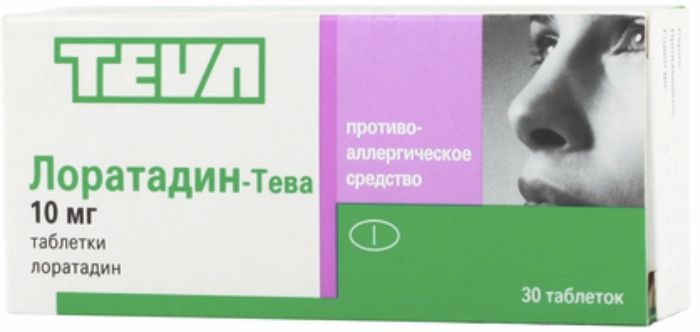
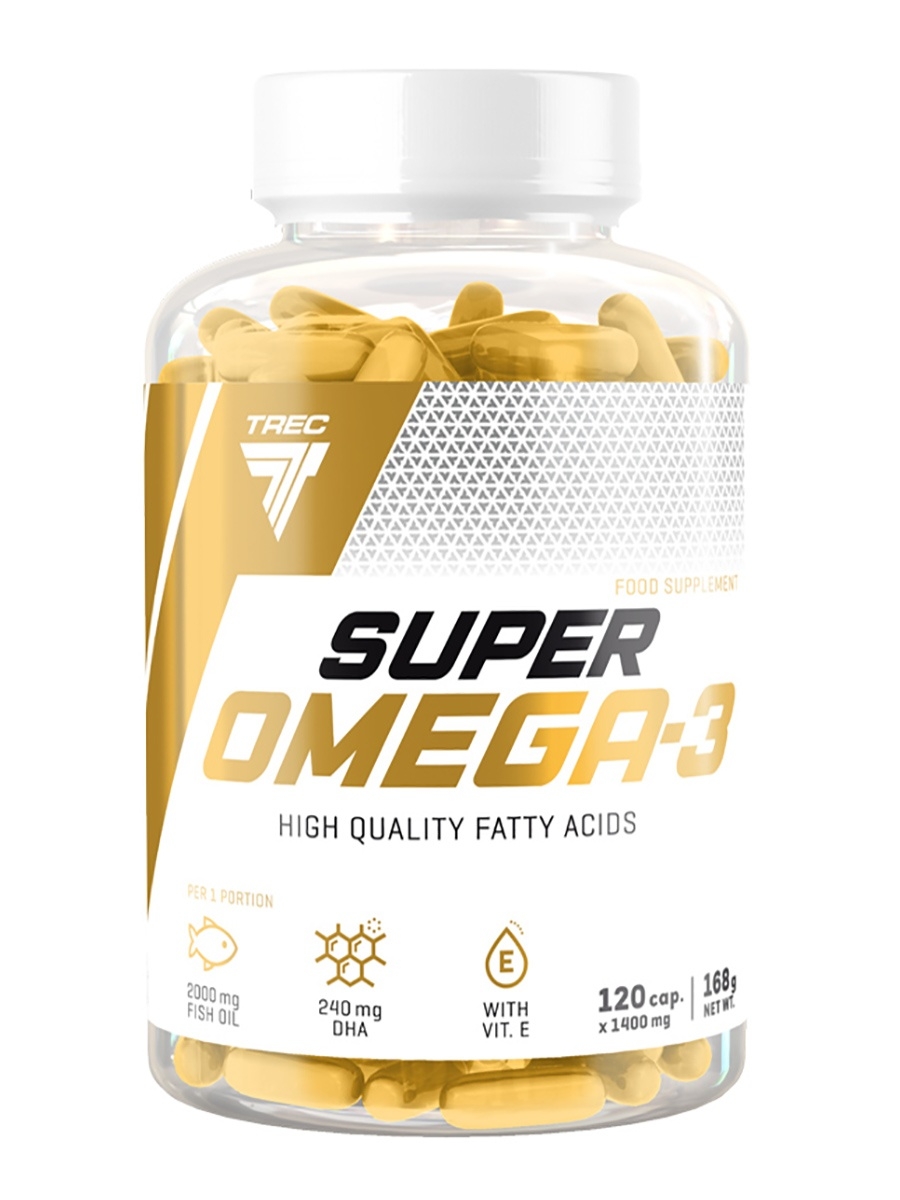
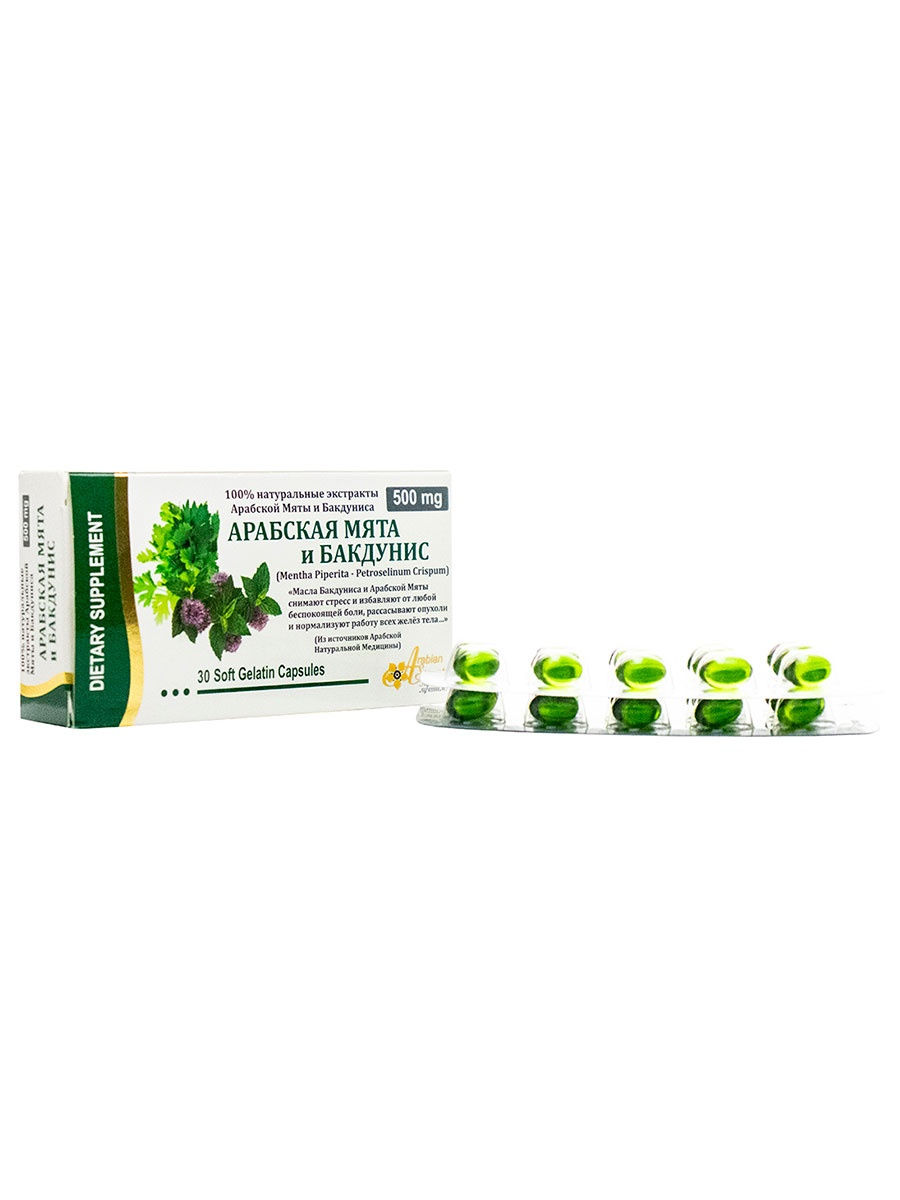
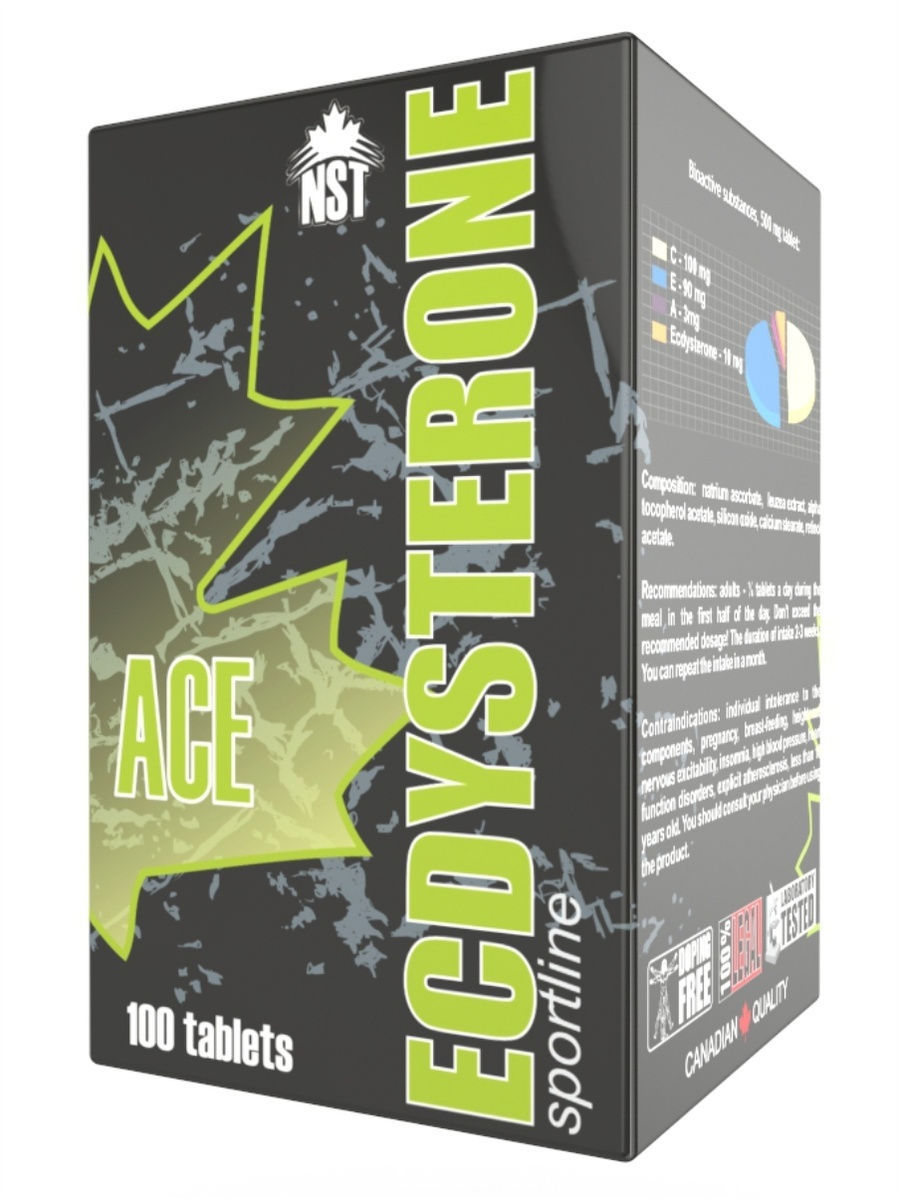

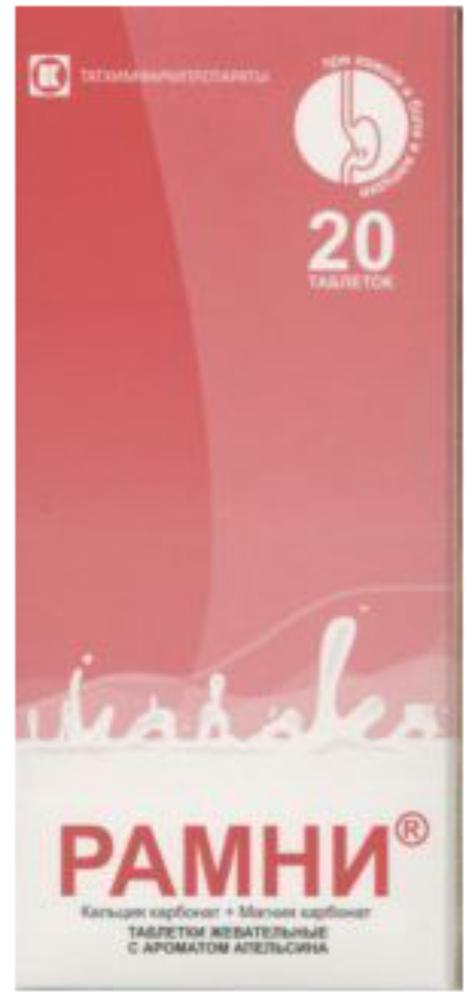
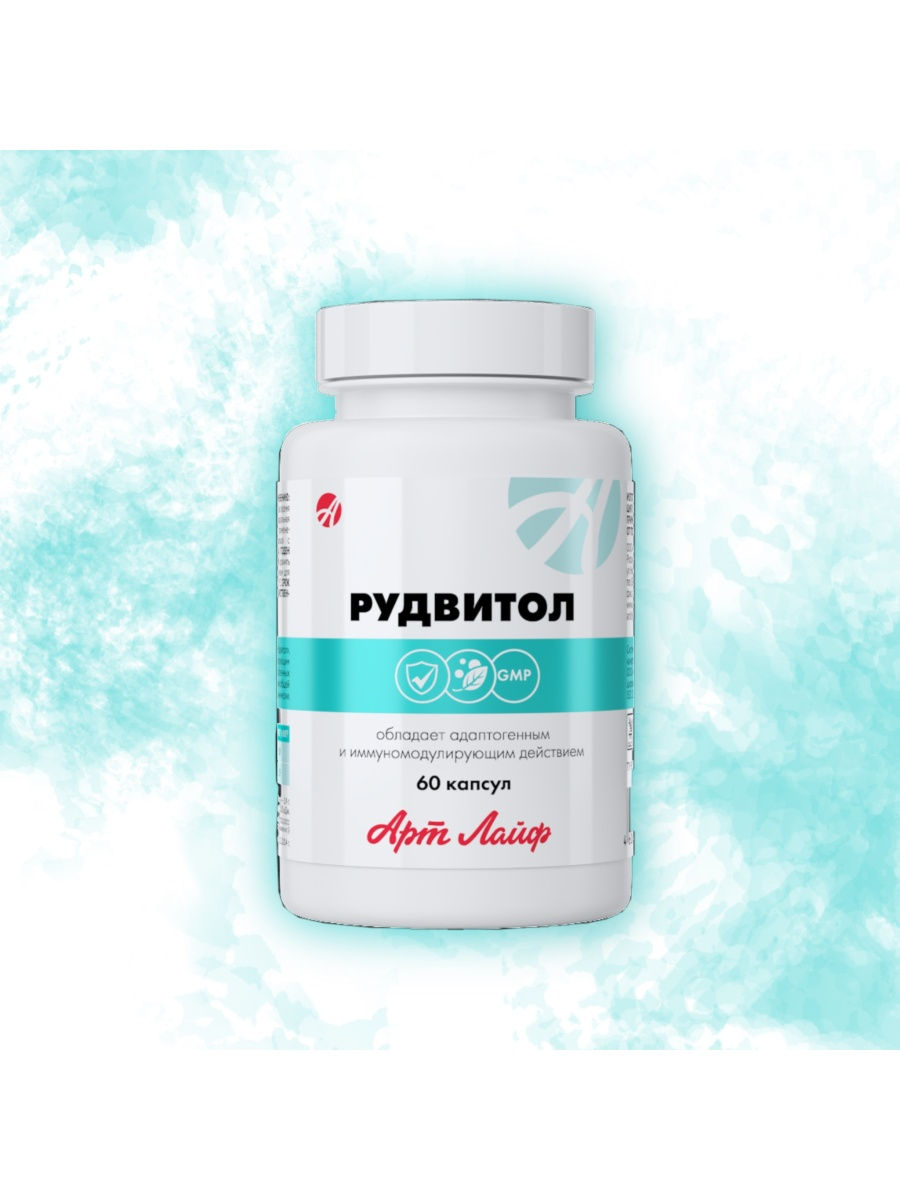



There are no reviews yet.